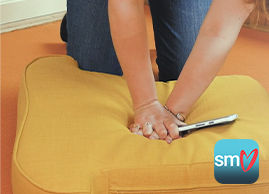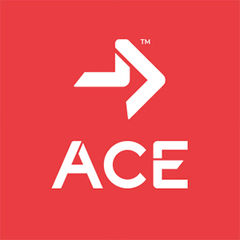As part of our celebration of ACE’s 40th anniversary, we are highlighting how some ACE Pros are living the mission to Get People Moving and shaping the future of fitness.
Meet Guy Voisey, an ACE Certified Personal Trainer who works with individuals with intellectual disabilities. When asked what he has learned about adapting fitness programs for this population, he emphasizes that it is vital to understand each client’s unique needs in a genuine and compassionate way.
“It is essential to prioritize enjoyment over performance, especially when beginning a fitness program,” Guy explains. “As a starting point, find functional movements that they can perform well, and do not solely address areas of weakness."
This rang true with Guy’s first client, who had autism and serious health problems. Together, they focused on challenging but attainable goals, which led to the client shedding 160 pounds and successfully maintaining a healthier lifestyle.
He also believes it’s important that clients succeed at challenges during each training session and that clients are involved in planning their own workouts. “Ask about their favorite exercises or provide them with options. I had one client who really liked boxing. Because he looked forward to it near the end of a session, he was willing to first do beneficial exercises that he found less interesting.”
Guy offers some additional strategies for working with clients with intellectual disabilities:
- Provide lots of positive feedback, not just for performance, but for the effort and courage to try new things.
- Set realistic and attainable goals.
- Be creative with modifications.
- Regress movements until the client is ready and capable to advance.
- Include partner exercises that build a feeling of togetherness and teamwork.
- Simplify your language whenever necessary.
To that last point, Guy encourages pros to use creative, fun ways to cue and teach movements. Wrist flexion and extension can be presented as doing “motor bikes.” Hip abduction/adduction can be called “windshield wipers.” Pushing the thumb out as with external shoulder rotation can become the “hitchhiker” movement.
Guy recently had the opportunity to help design and revise the athletics program for Special Olympics Edmonton. He says that his ACE education and certification gave him the knowledge to design and execute comprehensive fitness programming, including movements that would translate to improved performance in specific track and field events while reducing the possibility of injury.
Finally, Guy highlights the fact that many municipalities, including where he is based in Edmonton, have programs that remove or reduce financial barriers for eligible adults with disabilities. So, be sure to do your research, as that may be what makes the difference when it comes to serving this population.
 | If you are an active exerciser or athlete who wants to inspire and empower others to find joy in physical activity, this course is perfect for you. Learn more here: Community Physical Activity Leader. |

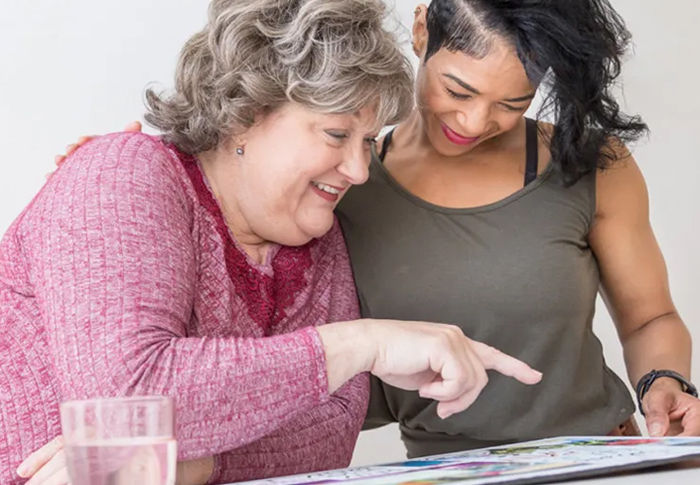
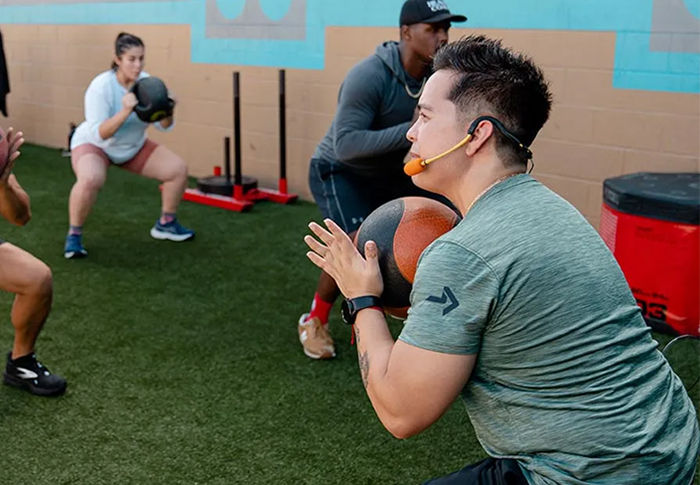
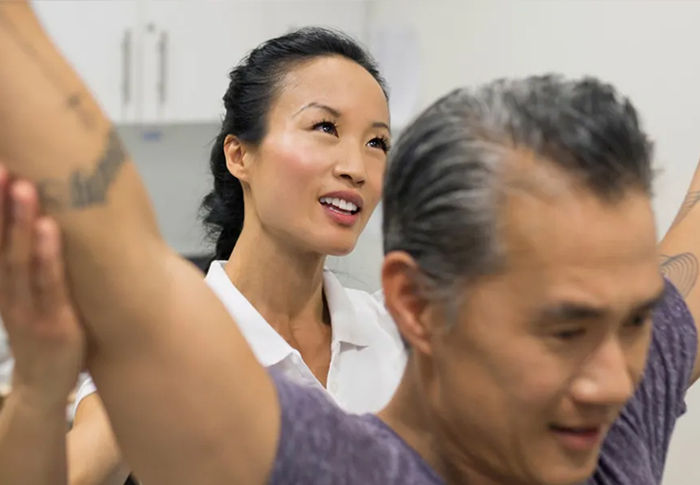
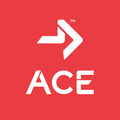 by
by 